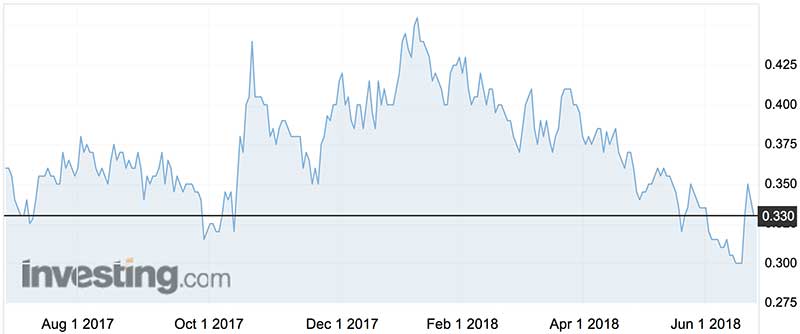Why there’s more takeover talk for West African Resources
Mining
Mining
There is one name in the gold sector that always pops up when the chatter gets around to the prime takeover candidates – West African Resources (ASX:WAF).
The Burkina Faso gold developer is again being mentioned in dispatches on the strength of its just-released updated feasibility study of its Sanbrado gold project.
The study impressed but the needle did not move for WAF which is trading at 33c for a market capitalisation of $230 million.
Analyst notes on the updated study placed share price targets on the stock well ahead of the current market price on the basis that Sanbrado looks to be a cracking development proposition — not because of WAF’s takeover appeal.
Macquarie set a target price of 55c, Euroz went for 70c and Hartleys settled on 80c a share.
“Regardless of whether WAF develops it (Sanbrado) or becomes a corporate target, we see significant upside at current prices,’’ was how Euroz summed up the situation.
WAF’s takeover candidate status reflects the apparent disconnect between Sanbrado’s value and that of WAF itself — and the fact that Sanbrado represents a walk up high-grade development opportunity for a number of growth hungry Canadian groups with nearby projects in a part of Burkina Faso crying out for industry consolidation.
Predator interest in Sanbrado could also come from companies with gold operations elsewhere in West Africa — the idea being that they could be interested in growth as well risk diversification into Burkina Faso.

But a takeover for WAF has not yet emerged, and might well not.
Investors prepared to take on the risk that comes with all West African gold projects are best advised then to focus on Sanbrado’s value to WAF as an independent producer.
The updated study did just that.
Average annual production of 211,000 ounces over the first five years of mine life, and a 16-month post-tax payback of the $US185 million pre-production capital cost, was “outstanding’’ stuff as Euroz put it.
All-in sustaining costs were estimated at $US551 an oz over the first five years of operation (annual output in the first two years was forecast to weigh in at 250,000 oz) and the post-tax net present value estimate came in at $US405 million.
Mine life currently stands at 11 years (for annual average production of 133,000 oz) but ongoing exploration points to that being very much the start of the story for Sanbrado.
As WAF pointed out in its updated study announcement, recent high-grade hits of 11m at 10.5g/tonne and 6m at 24.4g/tonne some 70m below the current resources and reserve base provides “scope to improve project value further’’.
Discussions with project financiers are underway and WAF expects to appoint a banking syndicate by the fourth quarter of this year.
If there is to be a takeover bid for the company, the pre-financing completion period presents as an opportune time as there is for any would-be predator.
“Project financing remains a risk but is somewhat mitigated by the quality of the study,’’ Hartleys said, noting WAF has a healthy cash position of $45 million which provides funding for early stage works.
WAF has first production slated for 2020.
It is safe to say that if Sanbrado was sitting in the back blocks of Western Australia, WAF would command a much higher market rating that it currently does.
Having said that, Burkina Faso is one of the preferred West African destinations, a situation reflected in the country attracting by far the biggest share of exploration dollars going in to the 17 countries that make up the region.
Burkina Faso is the third biggest gold producer in West Africa after Ghana and Mali.